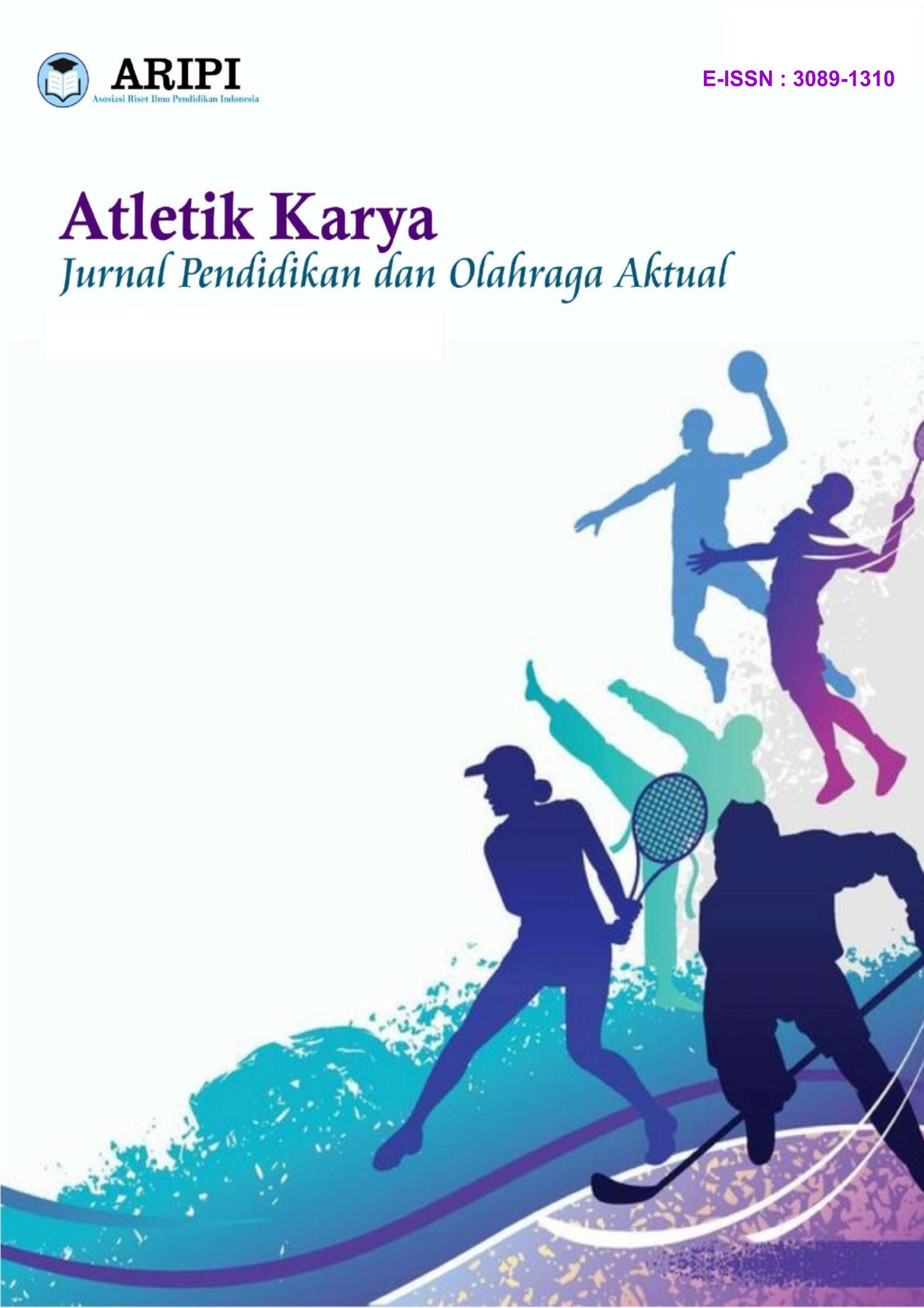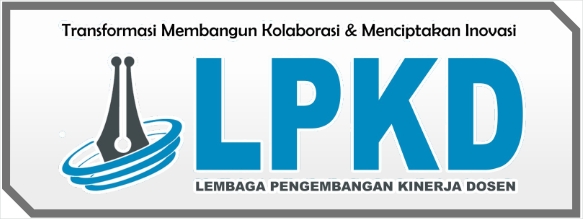Pengaruh Latihan Keseimbangan terhadap Peningkatan Performa Atlet Pencak Silat
DOI:
https://doi.org/10.61132/atletikkarya.v1i2.11Keywords:
Balance exercises, athlete performance, pencak silat, body stability, movement coordinationAbstract
This study aims to determine the effect of balance training on improving the performance of pencak silat athletes. The study was conducted with an experimental design on 20 provincial-level pencak silat athletes. The results showed that balance exercises significantly improved body stability, agility, and movement coordination, which contributed to improved competitive performance. This study emphasizes the importance of balance training in the training program of martial athletes.
References
Ashton-Miller, J. A., et al. (2001). Biomechanics of balance and balance training. Exercise and Sport Sciences Reviews, 29(2), 79-85.
Behm, D. G., & Colado, J. C. (2012). The effectiveness of resistance training using unstable surfaces and devices for rehabilitation. International Journal of Sports Physical Therapy, 7(2), 226-241.
Gribble, P. A., et al. (2012). Proprioception and its role in balance control and stability. Journal of Athletic Training, 47(6), 621-629.
Horak, F. B. (2006). Postural orientation and equilibrium. Exercise and Sport Sciences Reviews, 34(4), 179-185.
Hrysomallis, C. (2011). Balance ability and athletic performance. Sports Medicine, 41(3), 221-232.
Kiers, H., et al. (2013). The contribution of proprioception to postural control in children and young adults. Frontiers in Human Neuroscience, 7, 728.
Lesinski, M., et al. (2015). Effects of balance training on postural control in athletes. Sports Medicine, 45(6), 755-768.
McGuine, T. A., & Keene, J. S. (2006). The effect of a balance training program on the risk of ankle sprains in high school athletes. The American Journal of Sports Medicine, 34(7), 1103-1111.
Paillard, T. (2017). Relationship between sport expertise and postural skills. Frontiers in Psychology, 8, 1428.
Peterson, K., & Rhea, C. K. (2015). The role of postural control in athletic performance. Journal of Strength and Conditioning Research, 29(10), 2934-2949.
Schmidt, R. A., & Lee, T. D. (2013). Motor learning and performance. Human Kinetics.
Shumway-Cook, A., & Woollacott, M. H. (2017). Motor control: Translating research into clinical practice. Lippincott Williams & Wilkins.
Taube, W., et al. (2008). The role of the cerebellum in balance control. Neuroreport, 19(10), 999-1003.
Winter, D. A. (2009). Biomechanics and motor control of human movement. John Wiley & Sons.
Zemková, E. (2014). Sport-specific balance training and athletic performance. Sports Medicine, 44(2), 183-194.












